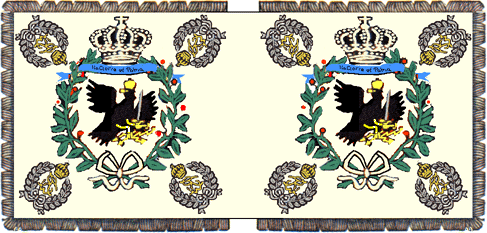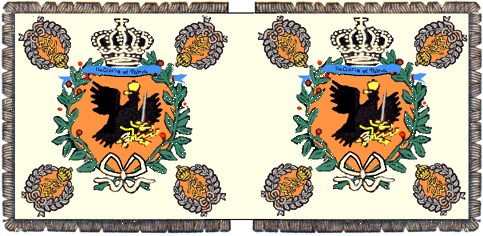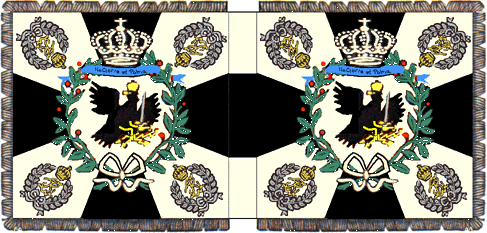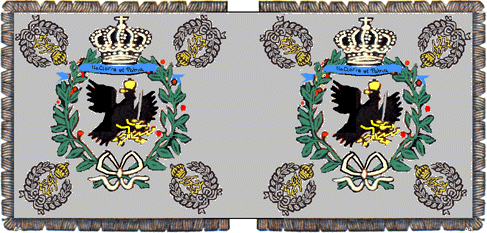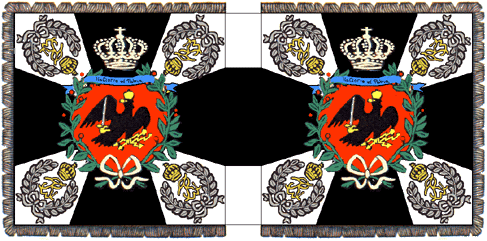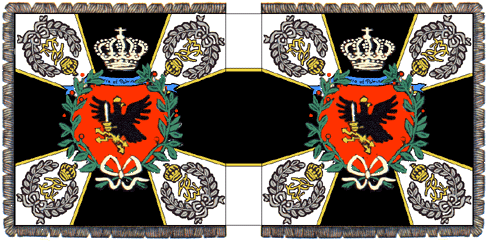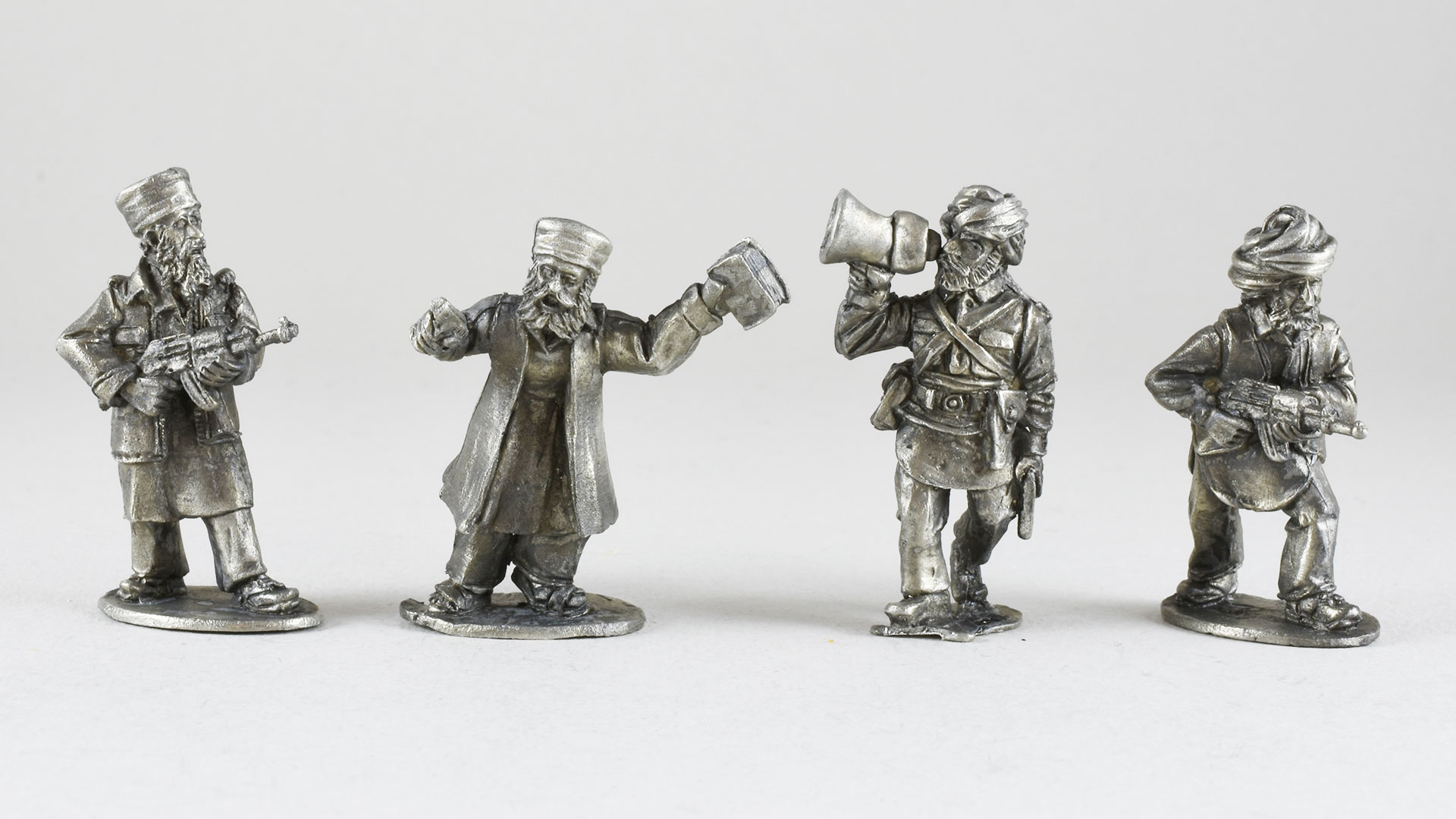2mm Franco-Prussian
Da fare con pezzi Irregular, su due ranghi, per una scala di 1000 uomini per base:

Conflower blue si fa con Andrea blue.

Francesi
- Fanteria:
- metà basette con un battaglione “piccolo” (erano da 700 uomini)
- metà basette con due battaglioni “piccoli”, uno dietro l’altro.
- Turcos e Tirallieurs sono come la fanteria oppure in skirmish.
- cavalleria su due basi, una dietro l’altra. Visto che sono poche si potrebbe provare con quattro..
- artiglieria su due basi di cannone e due traini.
- mitrailleuse su tre basi senza traini.
- I reggimenti di Zuavi erano su tre battaglioni
- Turcos, su due battaglioni in campagna
- Prima brigata di ogni divisione aveva un battaglione di chasseurs.
- Una divisione su due brigate di due reggimenti
- Tutti i reggimenti su tre battaglioni
- cavalleria di riserva: corazzieri
- cavalleria di linea: dragoni
- cavalleria leggera: ussari e chasseurs
Pittura
- Generali: sella rossa, blu e pantaloni rossi
- Dragoni: verdi, elmo ottone, pantaloni rossi
- Lancieri guardia: blu pantaloni rossi, banderuola rossa sopra biancassi sotto
- Guardia fanteria: giacca blu, pantaloni rossi, testa blu
- artiglieria guardia, blu testa nera
- zuavi, giacca blu pantaloni rossi, testa rossa, zaino bianco
- turcos, giacca blu pantaloni bianchi, testa rossa. Ufficiale, giacca azzurra pantaloni rossi, testa rossa
- chasseurs, tutti blu
- fanteria di marina, tutti blu, zaino sopra bianco
- corazzieri, elmo corazza metallo, giacca blu pantaloni rossi
- dragoni, elmo ottone, giacca verde o blu pantaloni rossi
- chasseurs a cheval, giacca verde pantaloni rossi, testa nera
- artiglieria tutti blu
- fanteria di linea, giacca blu, pantaloni e testa rossi, zaino beige brown
- chasseur a piedi tutto verde, zaino beige brown
Tedeschi
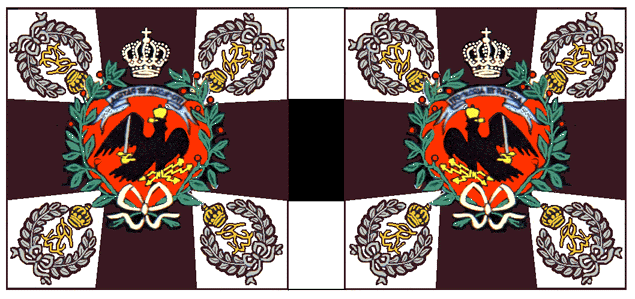
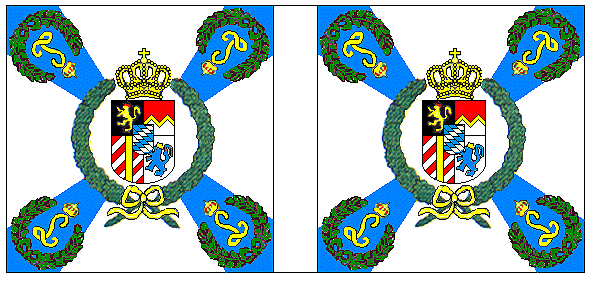
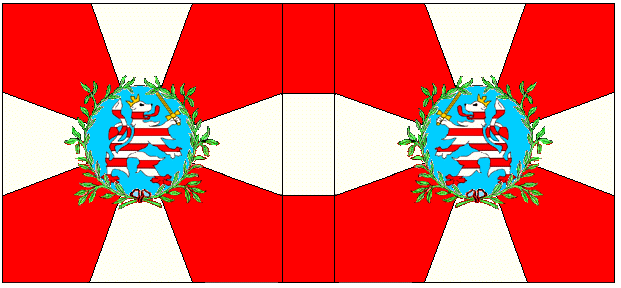
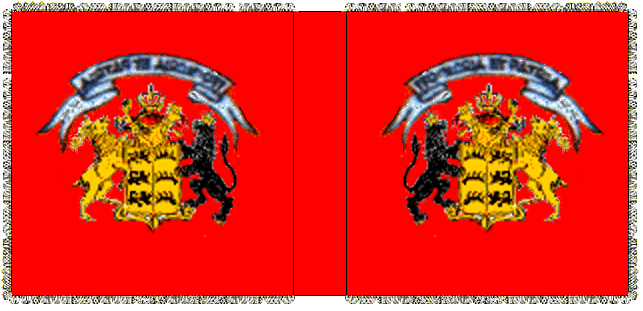
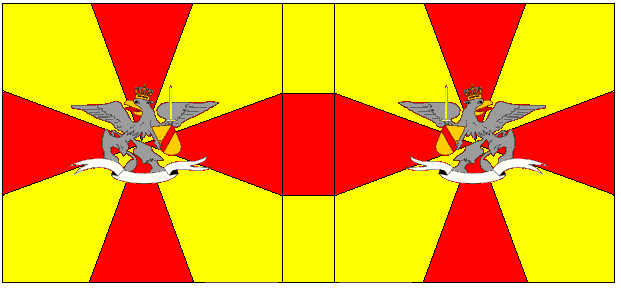
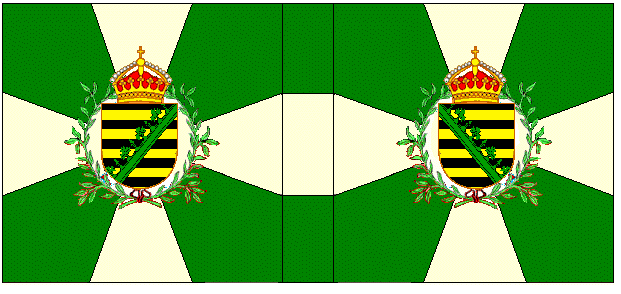
- basette con un battaglione “grande” (erano da 1000 uomini). Ne avrò’ abbastanza?
- Landwehr
- metà basette con un battaglione piccolo e meta’ con due piccoli (erano da 800 uomini).
- cavalleria su due basi, una dietro l’altra. Visto che sono poche si potrebbe provare con quattro..
- artiglieria su due basi di cannone e due traini.
Posso iniziare dalla prima battaglia. Nel pdf ho indicato in rosso i pezzi che servono utilizzando le bandiere come indicatori del morale (2,1,0 bandiere per unità veterana, addestrata, reclute)
Uniforms
http://www.laguerrede1870enimages.fr/page64.html
Infantry Formations
Following on from a query on the Miniatures Page, I have included some illustrations of typical Prussian infantry formations in the Franco-Prussian War.
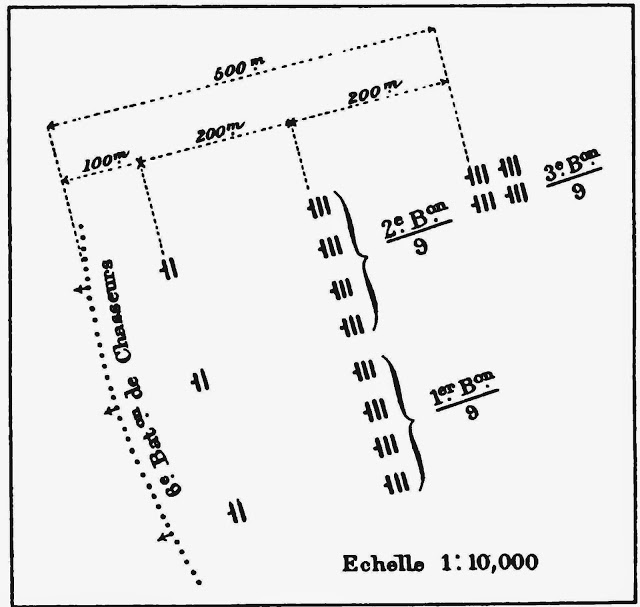
The first image shows the formation taken by the 9th Bavarian Regiment, covered by the 6th Jägers, prior to their advance into the woods opposite Langensoultzbach at the Battle of Froeschweiller. It shows three companies of the jägers in the advance (the fourth company was detached to support the artillery) led by a chain of skirmishers formed by one platoon from each of the companies, with the remaining two platoons formed 100m to the rear in company lines. Two hundred metres further to the rear were the 1st and 2nd battalions of the 9th Bavarian Regiment in line of companies, with the three platoons formed one behind the other. A further 200m back came the the 3rd battalion, in double column of companies, sometimes referred to as column of companies by half battalion.

The second image shows the 2nd and 3rd battalions of the 37th Regiment formed in double column of companies astride the Woerth-Soultz road with the, 4th company from 1st battalion attached.
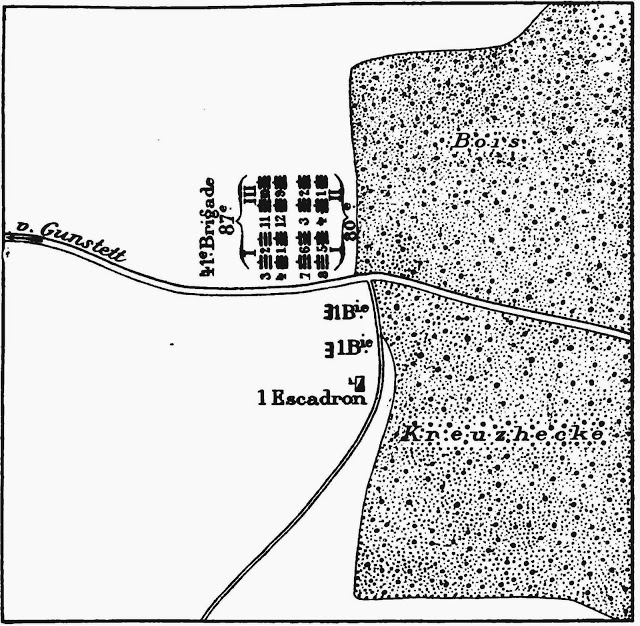
In the third image the deployment of the 41st brigade is shown with the 1st and 3rd battalions of the 87th Regiment in the front and the 1st and 2nd battalions of the 80th Regiment to the rear. All the battalions are formed in double column of companies.
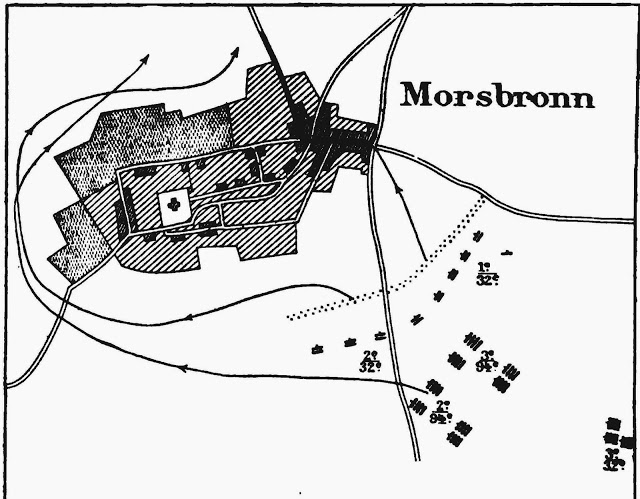
This image shows the Geman movement around Morsbronn. The two battalions of the 32nd Regiment are deployed forward as a heavy skirmish line with supports to the rear, while the 2nd and 3rd battalions of the 94th are formed in double column of companies to the rear. Three companies from the 80th Regiment are behind the 94th.

This final image shows the French 20th Chasseurs at Rezonville with an odd mix. The 1st company is in the skirmish line with 2nd, 4th and 5th behind in line, while the flanks are reinforced.
It should be noted that the use of the column of companies was generally only used to approach the point of combat, but it was a very common practice and the Germas Staff History is riddled with such references. There are examples of the French infantry attacking in this formation, but rarely did the Gemans remain in column once they came under small arms fire. To do so was quite against their tactical doctrine.
Further Reading
There is no one book (that I have found) that gives a clear description of the formations of the Franco-Prussian War, but there is ample information on the subject if you are prepared to read some of the more obscure works out there. All of the works referred to here can be found in the Internet Archive.
A good place to start is the Geman Staff History The Franco-German War. It is heavy going and dreadfully biased (it is the victors writing a victorious history afterall), but it does describe the action often down to company level.
The French Staff History La Guerre de 1870-71 is equally vaulable, not only because it contains the original reports of the various commanders, but also because if offers a critique. The downside of this work is that it is very difficult to read.
Boguslawski’s Tactical Deductions from the War of 1870 is worthwhile, but doesn’t go down into the detail that we wargamers often seek.
Henri Bonnal’s Froeschwiller and La Manoeuvre de St Privat (from which the images here are drawn) are good sources, as is Lehautcourt’s monumental 7 volume Histoire de la Guerre de 1870
Ardant du Picq’s Battle Studies Ancient and Modern is worthwhile, but was published before the introduction of the Chassepôt and the change of French drill.
Helvig’s Tactical Examples is interesting. Although it provides insight asto how units approached specific situations, it was published several years after the war.
Hohenlohe-Ingelfingen’s Letters on… provides much discussion, but there is a fair amount of hero worshiping going on and needs to be read with a degree of caution.
De Lonlay’s Français et Allemandes… is a colourful read, but not totally reliable.

